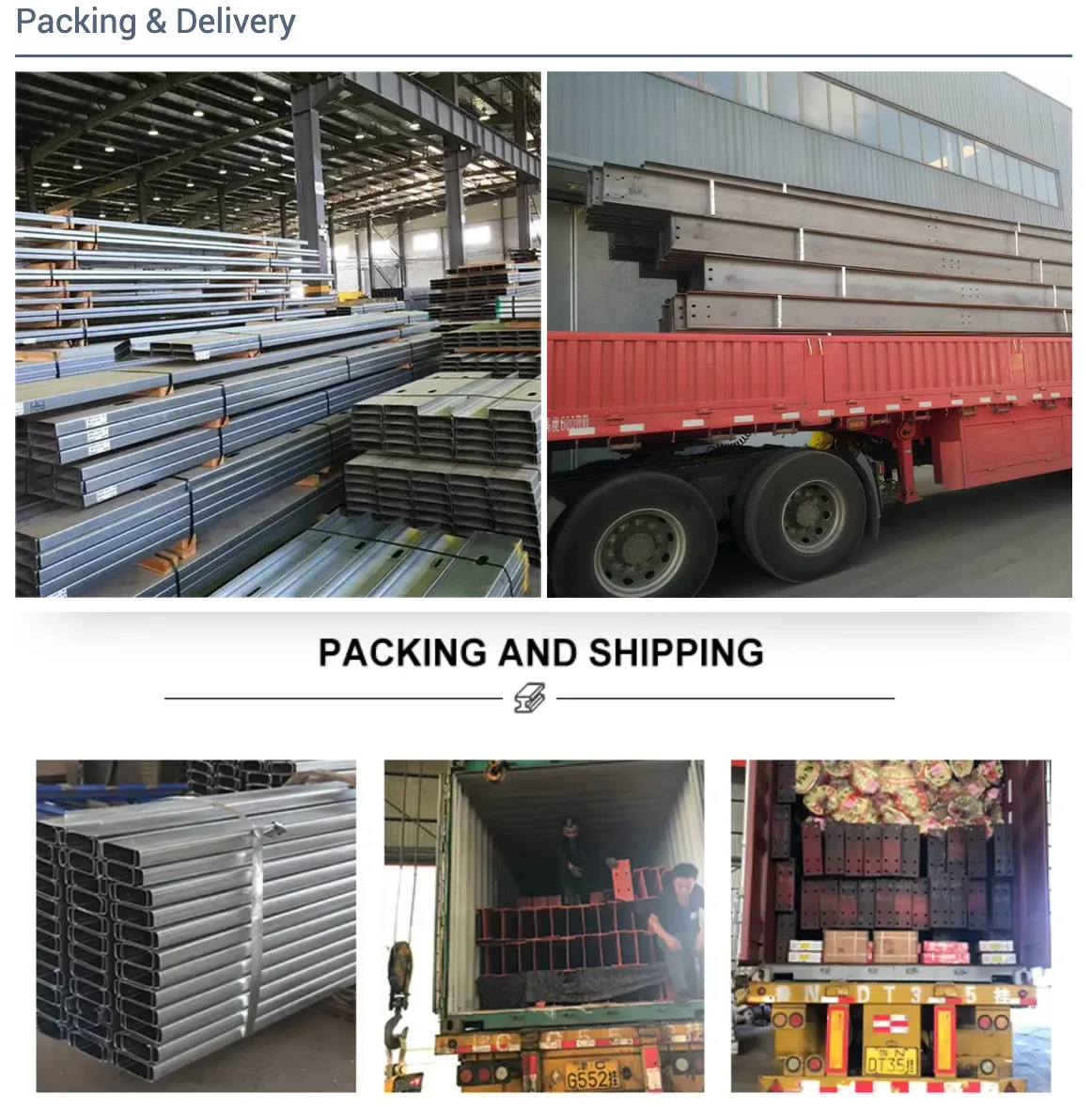- Afrikaans
- Albanian
- Amharic
- Arabic
- Armenian
- Azerbaijani
- Basque
- Belarusian
- Bengali
- Bosnian
- Bulgarian
- Catalan
- Cebuano
- Corsican
- Croatian
- Czech
- Danish
- Dutch
- English
- Esperanto
- Estonian
- Finnish
- French
- Frisian
- Galician
- Georgian
- German
- Greek
- Gujarati
- Haitian Creole
- hausa
- hawaiian
- Hebrew
- Hindi
- Miao
- Hungarian
- Icelandic
- igbo
- Indonesian
- irish
- Italian
- Japanese
- Javanese
- Kannada
- kazakh
- Khmer
- Rwandese
- Korean
- Kurdish
- Kyrgyz
- Lao
- Latin
- Latvian
- Lithuanian
- Luxembourgish
- Macedonian
- Malgashi
- Malay
- Malayalam
- Maltese
- Maori
- Marathi
- Mongolian
- Myanmar
- Nepali
- Norwegian
- Norwegian
- Occitan
- Pashto
- Persian
- Polish
- Portuguese
- Punjabi
- Romanian
- Russian
- Samoan
- Scottish Gaelic
- Serbian
- Sesotho
- Shona
- Sindhi
- Sinhala
- Slovak
- Slovenian
- Somali
- Spanish
- Sundanese
- Swahili
- Swedish
- Tagalog
- Tajik
- Tamil
- Tatar
- Telugu
- Thai
- Turkish
- Turkmen
- Ukrainian
- Urdu
- Uighur
- Uzbek
- Vietnamese
- Welsh
- Bantu
- Yiddish
- Yoruba
- Zulu
Dec . 25, 2024 13:37 Back to list
Understanding Agricultural Portal Frame Buildings
Agricultural portal frame buildings have become a staple in modern farming and agricultural practices. With their combination of functionality, durability, and cost-effectiveness, they cater to a variety of agricultural needs, ranging from livestock housing to equipment storage and grain handling. This article explores the various features, benefits, and considerations associated with portal frame buildings in agriculture.
What Are Portal Frame Buildings?
Portal frame buildings are structural frameworks designed using rigid frames formed by columns and beams. The frame provides structural stability while allowing for great flexibility in design. This type of construction is particularly suited for large open spaces, making it ideal for agricultural applications where expansive areas are necessary for operations. The structure typically consists of steel or aluminum, providing strength and longevity to withstand environmental stresses.
Key Features
1. Spanning Capability One of the most significant advantages of portal frame buildings is their ability to span wide areas without the need for internal columns. This design feature allows for unobstructed spaces, which is essential for activities such as machinery operation, livestock movement, and storage.
2. Versatile Designs These buildings can be tailored to meet specific agricultural needs. Whether the requirement is for a high-roofed barn to house dairy cows or a low-profile shed for storing equipment, portal frames can be adapted easily to various heights, widths, and lengths.
3. Durability Built using robust materials such as galvanized steel, portal frame buildings are resistant to various weather conditions, including rain, snow, and wind. Their ability to withstand corrosion ensures a long lifespan with minimal maintenance.
4. Cost-Effectiveness The construction of portal frame buildings is often more economical compared to traditional building methods. Their straightforward assembly process reduces labor costs and construction time, which is particularly beneficial for farmers looking to minimize expenses.
Applications in Agriculture
The versatility of portal frame buildings allows them to serve numerous functions in agriculture, including
- Livestock Housing Designed with ventilation and space in mind, these buildings provide an ideal environment for livestock, allowing easy access for feeding, milking, and maintenance
.agricultural portal frame buildings

- Storage Facilities Farmers often require significant storage space for equipment, crops, and feed. Portal frame buildings can be constructed to accommodate these needs, ensuring that storage is safe, organized, and easily accessible.
- Workshops and Machinery Sheds These buildings provide secure, spacious areas for machinery and equipment repair, maintenance, and storage, minimizing downtime for essential farming operations.
- Grain Handling and Processing With their large open areas, portal frame buildings are suitable for grain drying, handling, and processing, which are vital for ensuring crop quality and maintaining yield.
Considerations When Choosing Portal Frame Buildings
While portal frame buildings are advantageous, there are some considerations to keep in mind
- Site Location and Foundation Assessing the site’s soil type, drainage, and climate is crucial for determining the appropriate foundation and design. Proper site preparation ensures long-term stability and performance.
- Regulatory Compliance Local building codes and regulations may influence the design and construction of agricultural buildings. Farmers should consult local authorities to ensure that their building plans comply with any zoning or safety requirements.
- Future Expansion Considering potential growth or changes in agricultural practices can drive decisions on the size and design of the building. Designing with future expansion in mind can save time and costs later.
- Insulation and Ventilation Proper insulation and ventilation systems are essential to maintain a controlled environment, especially for livestock housing. Ensuring adequate airflow and temperature regulation will safeguard animal health and productivity.
Conclusion
Agricultural portal frame buildings represent an innovative solution for modern farming challenges. With their numerous benefits, including durability, versatility, and cost-effectiveness, these structures are well-suited to meet the diverse needs of the agricultural sector. As farming practices evolve and demand for efficient, reliable structures increases, portal frame buildings will continue to play a crucial role in the foundation of successful agricultural operations.
-
Cold Formed Steel Residential Framing
NewsMay.21,2025
-
Innovative Steel Structure Building Solutions
NewsMay.19,2025
-
Innovative Prefab Metal Shed Solutions
NewsMay.19,2025
-
Durable Steel Horse Shelter Solutions
NewsMay.19,2025
-
Durable Metal Shed Solutions
NewsMay.19,2025
-
Durable Big Metal Shed Solutions
NewsMay.19,2025
Products categories
Our Latest News
We have a professional design team and an excellent production and construction team.












